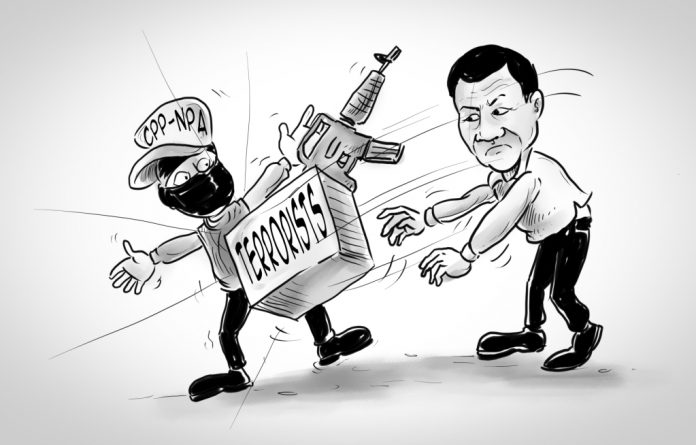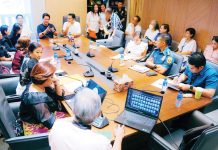
TIMED with the resumption of classes, a bill was recently filed in the House of Representatives seeking the creation of the School Health and Safety Office in every public school, including state universities and colleges (SUCs), nationwide.
House Bill (HB) 7874 certainly merits attention. There are 13,396 secondary schools (including 5,965 senior high schools), 38,648 elementary schools, and 112 SUCs. At the minimum of one nurse per school, the passage of this bill would mean at least 52,156 new jobs for nurses at our public schools, but the School Health and Safety bill provides for two nurses for schools with up to 3,000 students and three nurses for schools with more than 3,000 enrolled.
HB 7874 also requires the hiring of doctors, dentists, guidance counselors, psychologists, psychometricians, emergency medical technicians, security guards, and utility workers for the School Health and Safety Office of the public schools.
As of now, the Department of Education (DepEd) has less than 2,000 school nurses nationwide and they are not assigned by school but by city and province across the various DepEd school division offices; 2,000 nurses is certainly not enough to attend to the health and nutrition of our more or less 27.7 million school children and teenagers under DepEd care.
By deploying many nurses to the public schools, a heavy burden will be lifted from the shoulders of our public school teachers because they have been carrying the workload that health care professionals should have. With this measure, the primary responsibility for the school canteen, school nutrition program, immunization campaigns, campus security, and many other related non-teaching roles and functions will be vested upon the School Health and Safety Office of each public school, including state universities and colleges and public technical-vocational schools.
School health, security, and safety manpower in our public schools is grossly inadequate. At the DepEd, the school nurse to student ratio they are following is 1:5,000 and the allocation of the school nurse items is not by school, but by school division which means by province or by city. With this kind of policy, many schools have no school nurses on duty to take charge of the many school health and nutrition activities that riddle the school calendar every year.
The DepEd public schools have at least two million children who are of wasted or severely wasted nutritional status. Severe malnutrition among Filipino children is why there are school feeding programs.
In higher education, the Commission on Higher Education has guidelines on health, guidance/counseling, and other services for students. However, in 2013 the Philippine Institute of Development Studies published a study on health care in private colleges and universities. That study discovered that back then: (a) only 28 percent (generally the large schools) had a doctor, dentist and nurse; (b) only 18 percent had a nurse only; and (c) only 10 percent had a doctor and dentist.
Few SUCs have a University Health Service like that of the University of the Philippines.
With the School Health and Safety Office bill, we strive for equitable health care access for our students in public schools.





